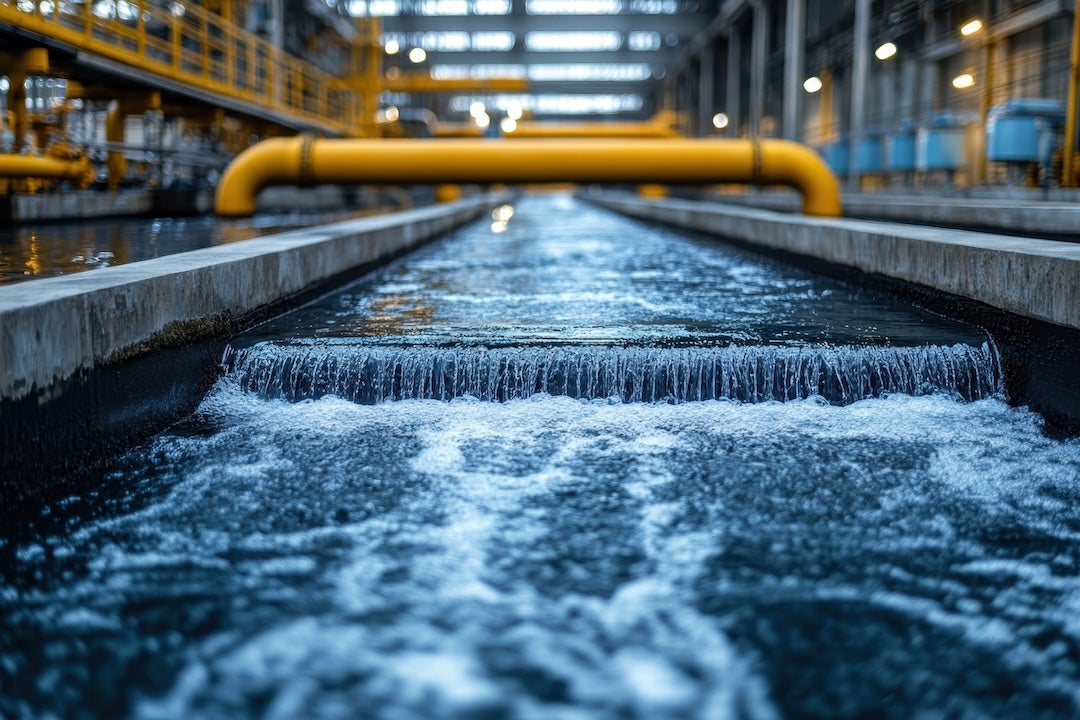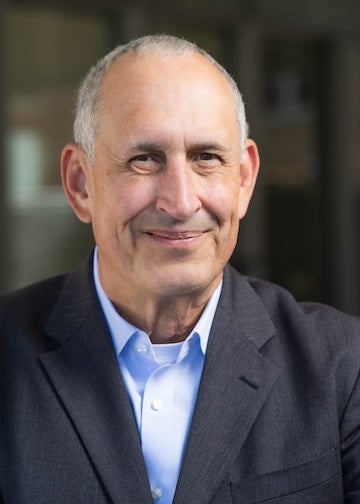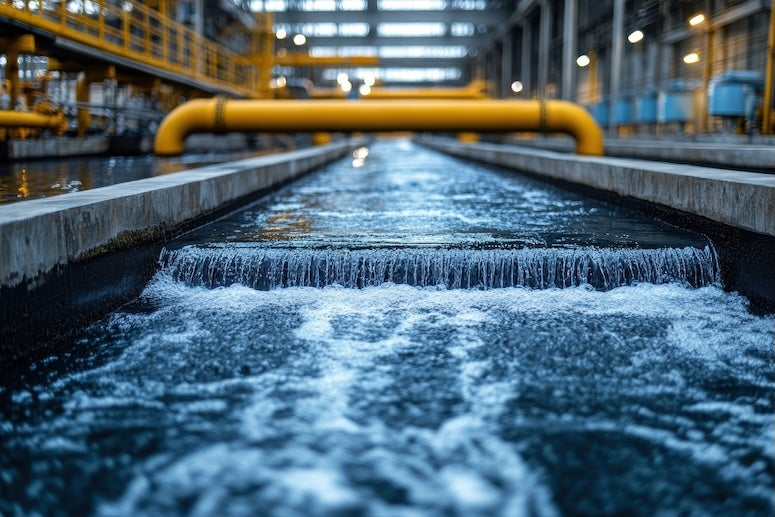
In a time of escalating climate risks, crumbling infrastructure and ballooning industrial demand, understanding how water and energy intertwine has never been more urgent. That was the resounding message from experts who convened May 19 in Washington, D.C., for “The Intersection of Water and Energy, 2025-2030,” a forum hosted by Rice University and Arizona State University.
Held at the Ambassador Barbara Barrett & Justice Sandra Day O’Connor Washington Center, the event brought together leading voices from academia, government and industry to examine how water and energy drive and depend on each other across America’s economy.
“As the nation rebuilds both its manufacturing base and energy systems, we must confront the fact that water is a hidden yet essential input,” said Pedro Alvarez, director of the Rice WaTER Institute and moderator of the opening panel. “You can’t produce hydrogen, microchips or clean energy without it, and you can’t get clean water without energy.”

Texas and Arizona, two of the fastest-growing and most resource-rich states, are taking the lead in building water-resilient, energy-efficient systems.
“These states are living laboratories,” said Paul Westerhoff, director of the Global Center for Water Technology at ASU. “They’re showing what’s possible when you align academic innovation with public and private sector commitment.”
Throughout the event, speakers stressed the need for distributed, modular solutions that reduce reliance on outdated centralized systems. Alvarez, who is also the George R. Brown Professor of Civil and Environmental Engineering at Rice, highlighted the transformative work of the now-graduated National Science Foundation-funded Nanotechnology Enabled Water Treatment Center, which Rice led in partnership with ASU, Yale University and the University of Texas at El Paso.
“Over 10 years, we turned $37 million in funding into more than $240 million in research value and startup creation,” he said. “That’s a multiplier of over six — and more importantly, a multiplier of hope.”
The first panel, “Water for Energy,” addressed the growing demand for ultrapure water in energy-intensive sectors like semiconductors, hydrogen production and carbon capture and featured in-depth discussions by panelists, including Michelle Michot Foss, fellow in energy, minerals and materials at the Baker Institute for Public Policy’s Center for Energy Studies, and Qilin Li, thrust lead for the Rice WaTER Institute’s Decentralized Reuse Enabled by Autonomous Modules initiative and professor of civil and environmental engineering.
In the second panel, “Energy for Water,” Dave Palumbo of the Bureau of Reclamation, Albert Cho of Xylem and Matthew Grandbois of AirJoule discussed scalable technologies for treating and distributing water more sustainably.
Much of the conversation centered on how to accelerate the translation of water technologies from lab to market.
“We’ve climbed the first valley of death — proof of concept — and now we’re focused on industrial testbeds and deployment,” Alvarez said.

The Rice WaTER Institute itself is doubling down on the future of water by combining cutting-edge research, entrepreneurial innovation and advanced technology to deliver sustainable, scalable solutions. Launched in January 2024, the institute sets itself apart by taking a holistic approach to water challenges, focusing not on isolated issues but on transformative, cross-sector innovations. With pioneering initiatives like Rice-PAR, which explores per- and polyfluoroalkyl (PFAS) alternatives, the Rice Center for Membrane Excellence and artificial intelligence-powered greywater reuse pilots, the institute is spearheading efforts to “create clean water on demand — even from unconventional sources,” as executive director Eric Willman put it. Central to this mission is a shift away from traditional, energy-intensive methods to compact, selective separation technologies that enhance both performance and efficiency. By bridging the gap between discovery and deployment, the Rice WaTER Institute is helping individuals and companies commercialize next-generation water technologies, ensuring that solutions move beyond the lab and into the world where they’re urgently needed.
Attendees left the forum with a clear message: The future of U.S. resilience hinges on integrated, science-based approaches to water and energy. As Alvarez put it in closing, “The challenge ahead isn’t whether we can innovate — it’s whether we can innovate fast enough, collaboratively enough and inclusively enough to meet the scale of the crisis.”

